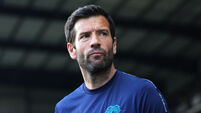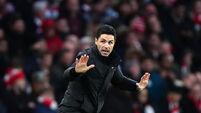What’s the summer sideshow this time?
Like everyone else old enough to appreciate it at the time, Declan Bonner can tell you exactly where he was that day when Ray put the ball in the English net in Stuttgart. Unfortunately, in contrast to almost everyone else in Ireland, he wasn’t actually watching it.
Instead Bonner had a game to play in Clones. The Leinster and Munster Councils read the tea-leaves long before that summer, realised that an Ireland-England game in the European Championships would be best avoided and arranged their furniture to suit.














